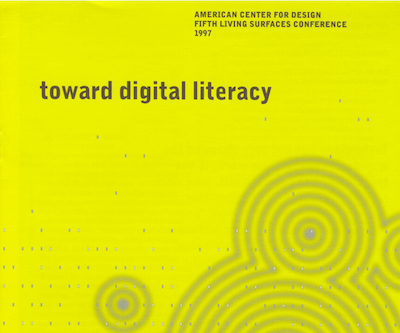Mabel Addis
Teaching through interactive storytelling & games
Written by Erin Malone
In the early days of computers, when all interactions were text based, one of the first examples of storytelling and strategy in a game specifically for children was created by Mabel Addis. Like the outputs of the contemporary storytelling tool twine, a nonlinear tool for creating interactive stories, this first game presented all the necessary information in textual form and decisions made by the player could lead down alternative paths depending on the selection. This first game, The Sumerian Game, was available to students using time shared IBM mainframe computers years before Oregon Trail made its way into classrooms.
Mabel Addis was born in 1912 and grew up in Mount Vernon, New York. She studied ancient history with a minor in psychology at Barnard (1933) and received her master’s degree in education from Columbia University. She began her career teaching in a small rural school, eventually moving to a larger school in town where she remained until her retirement in 1976.
In 1962 she was elected to work with IBM on their jointly sponsored project with the Boards of Cooperative Educational Services (BOCES). The group held a summer workshop to explore simulated environments as methods of instruction. During this first phase, Addis began writing the Sumerian Game narrative. The game, as an example of a “simulated environment,” was based on the idea of teaching basic economics, a concept originated by Bruce Moncreiff of IBM.[1]
The project ran from 1963 into 1964 and then phase two began in 1965. During the second workshop, they narrowed down potential topics from eight to one—economics—and the Sumerian Game became one of three games that were produced to try out with an experimental group of twenty-six sixth graders. The details of the project, including in depth descriptions of each game, their levels, and the calculations that were programmed for each decision point were outlined in the report “The Production and Evaluation of Three Computer-Based Economics Games for the Sixth Grade,” created for the U.S. Department of Health, Education, and Welfare and published in June 1967.
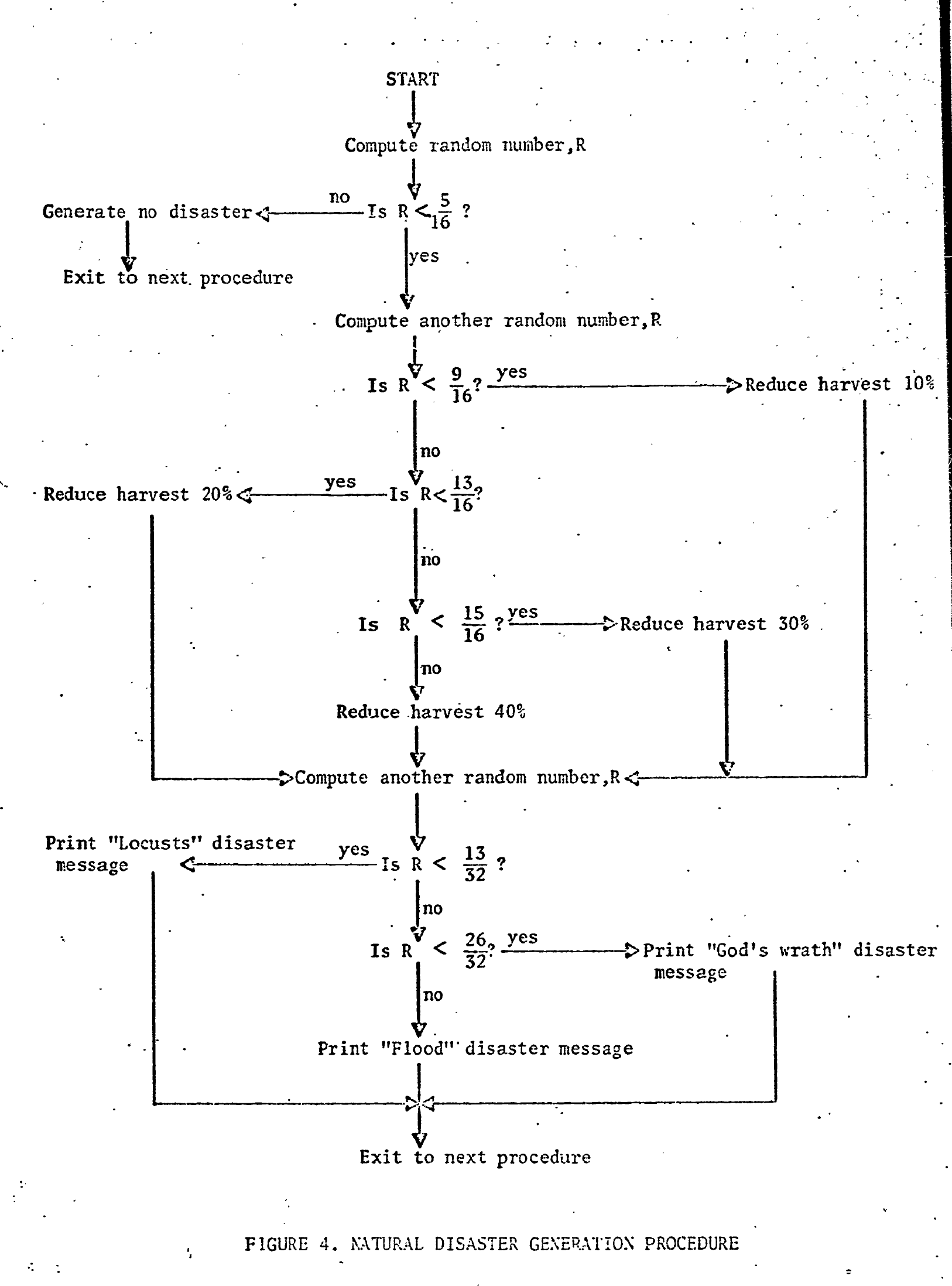
The logic flow of the narrative for the Sumerian Game when a natural disaster occurred.


Press photographs of a student playing the Sumerian Game which consisted of teletype content, slide presentations, sounds and other multimedia presented to immerse a student in the game.
Addis wrote the narrative and story and William McKay from IBM programmed the game. The game took three years for the team to complete and was played by students for the first time in 1965. The game utilized multimedia through tape decks, slide projectors, and the computer terminal.[2] Prompts would be printed out and students would type their answers. The structure of the game was integrated into a class lesson and introduced with a lecture from the teacher about ancient Sumeria. Like the popular middle school learning game, Oregon Trail, which emerged from a computer time-sharing program developed in Minnesota with computers from HP a few years later,[3] the questions presented to students included information about harvests, number of people to feed over a set amount of time, and storage questions. Answering incorrectly could effectively kill off the population, much like in Oregon Trail; if you don’t bring enough food, the pioneers died. The game became more complex as it progressed and offered alternate paths that included floods, insects, rot, and other randomized disasters. At each phase, the system would deliver a report, telling the player, the ruler Luduga I, II, or III the status of his country, his inventories, and population. The game is one of the first examples of multiple progression levels that move the students through the story.
After running the game with her own students and seeing where they lost interest, in 1966 Addis did a major rewrite of the scripts for the game to reduce repetition, clean up the roles, and add more visuals and media elements. This process of playtesting and then iterating is common in both interaction product design as well as game design today but it was a new idea at the time. During the revision, Addis tightened up the story, added more pre-recorded audio clips with images, and as players moved from phase 1 to 2, she dropped most of the economics challenges. In the 1967 report about the revision, Wing says, “Mrs. Addis made an amplification and clarification of the objectives, facts, generalizations and concepts implied in the scripts of the three rulers. The next step was a revision of the parameters with a view to making them more realistic.”[4] This revision allowed students to concentrate on allocation of people to various projects in the country. The revised game was played by students in 1966.
Plans were made for a revamp of the third segment of the game but it’s unclear if this was ever finished as the overall project was abandoned in late 1967 when the funds were cut off by the BOCES Research Center.
This game preceded the “first” video game, Pong, by eight years and the other major successful educational text game, The Oregon Trail, by seven years. This game can be considered the prototype for strategy and city-building games and has been described as the first game with a narrative as well as the first edutainment game.
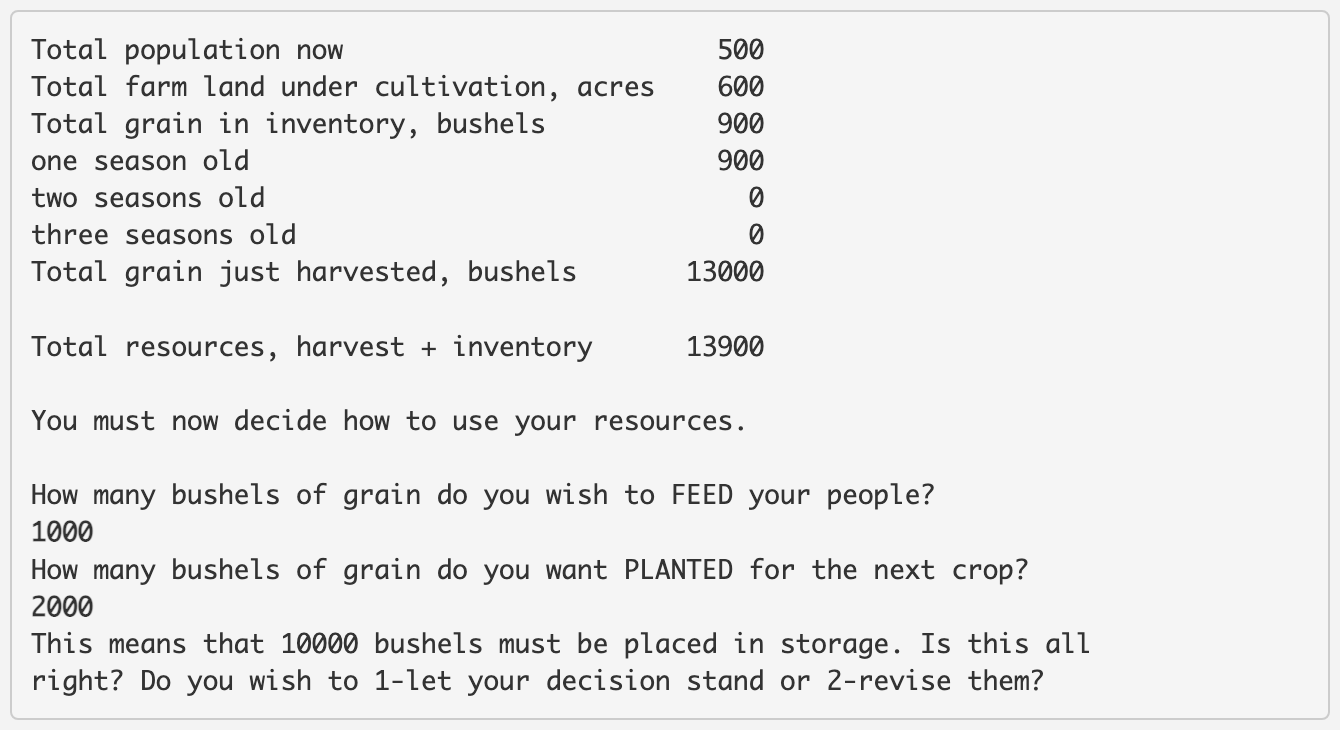
An example of the report given to the students about population, cultivation, inventory and prospective options for how to use the inventory. Decisions made here determined the next branch.


Examples of consequences of the decisions made from the earlier reports and potential options for next steps.
Footnotes:
[1] Richard L. Wing, “The Production and Evaluation of Three Computer-Based Economics Games for the Sixth Grade,” Internet Archive: Education Resources Information Center Archive (U.S. Department of Health, Education and Welfare, June 1967), https://archive.org/details/ERIC_ED014227/page/n1/mode/2up.
[2] Arcadology, “The Sumerian Game,” www.youtube.com, October 2, 2019, https://www.youtube.com/watch?v=Gn9J01dPvMM.
[3] Joy Lisi Rankin, A People’s History of Computing in the United States (Harvard University Press, 2018).
[4] Richard L. Wing, “The Production and Evaluation of Three Computer-Based Economics Games for the Sixth Grade,” Internet Archive: Education Resources Information Center Archive (U.S. Department of Health, Education and Welfare, June 1967), https://archive.org/details/ERIC_ED014227/page/n1/mode/2up.
Bibliography
- Arcadology. “The Sumerian Game.” www.youtube.com, October 2, 2019. https://www.youtube.com/watch?v=Gn9J01dPvMM.
- Chan, Khee Hoon. “Mabel Addis Was the First Video Games Writer You’ve Never Heard Of.” TheGamer, March 8, 2022. https://www.thegamer.com/mabel-addis-first-video-games-writer-international-women-day/.
- Henley, Stacey. “Remembering Mabel Addis, the First Video Game Writer, on International Women’s Day.” gamesradar, March 8, 2020. https://www.gamesradar.com/remembering-mabel-addis-the-first-video-game-writer-on-international-womens-day/.
- Rankin, Joy Lisi. A People’s History of Computing in the United States. Harvard University Press, 2018.
- Willaert, Kate. “The Sumerian Game: The Most Important Video Game You’ve Never Heard Of.” A Critical Hit!, September 9, 2019. https://www.acriticalhit.com/sumerian-game-most-important-video-game-youve-never-heard/.
- Wing, Richard L. “The Production and Evaluation of Three Computer-Based Economics Games for the Sixth Grade.” Internet Archive: Education Resources Information Center Archive. U.S. Department of Health, Education and Welfare, June 1967. https://archive.org/details/ERIC_ED014227/page/n1/mode/2up.
Selected Stories
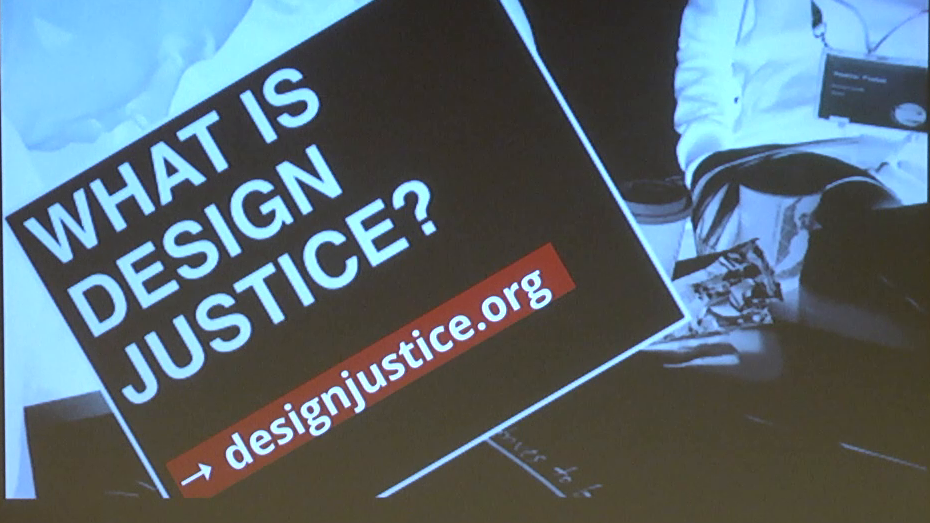
Sasha Costanza-ChockProject type
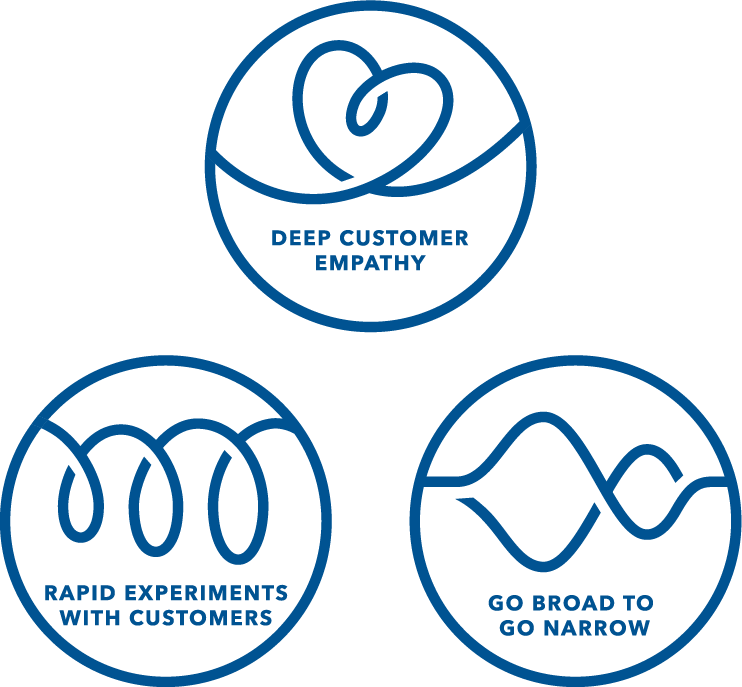
Kaaren HansonProject type

Ari MelencianoProject type

Mizuko Itoresearch
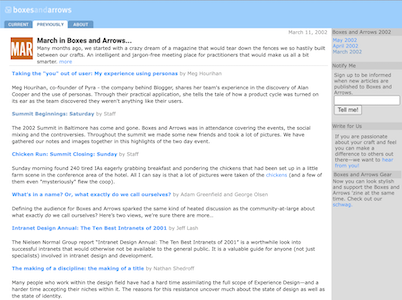
Boxes and ArrowsProject type

Mithula NaikCivic

Lili ChengProject type

Ovetta SampsonProject type
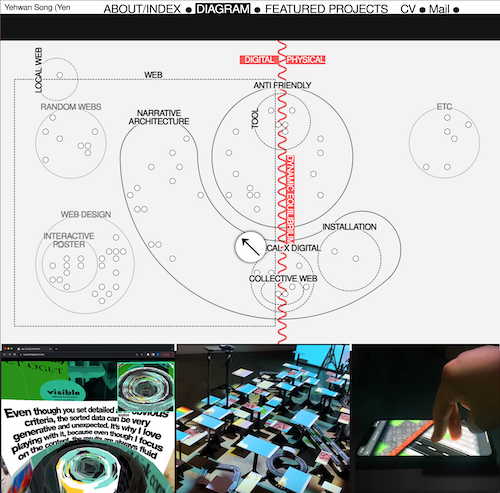
Yehwan SongProject type

Anicia PetersProject type

Simona MaschiProject type

Jennifer BoveProject type
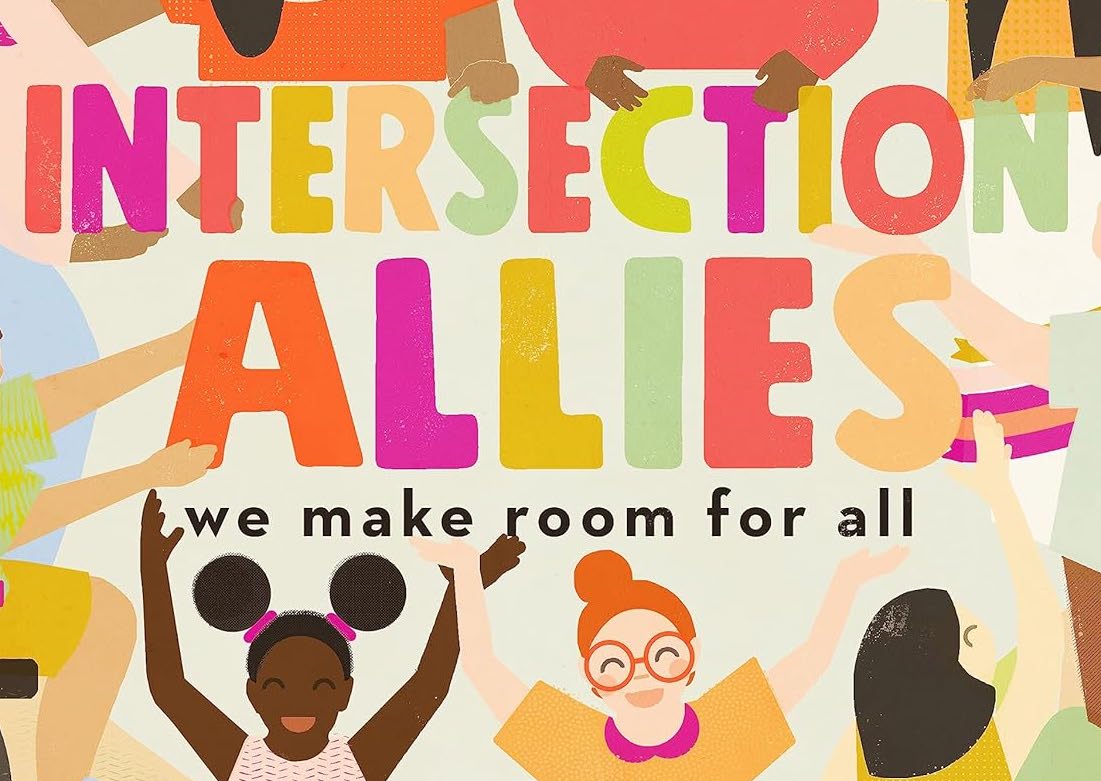
Chelsea JohnsonProject type
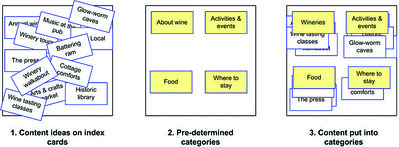
Donna SpencerProject type

Lisa WelchmanProject type

Sandra GonzālesProject type

Amelie LamontProject type

Mitzi OkouProject type

The Failings of the AIGAProject type

Jenny Preece, Yvonne Rogers, & Helen SharpProject type

Colleen BushellProject type

Aliza Sherman & WebgrrrlsProject type

Cathy PearlProject type

Karen HoltzblattProject type

Sabrina DorsainvilProject type
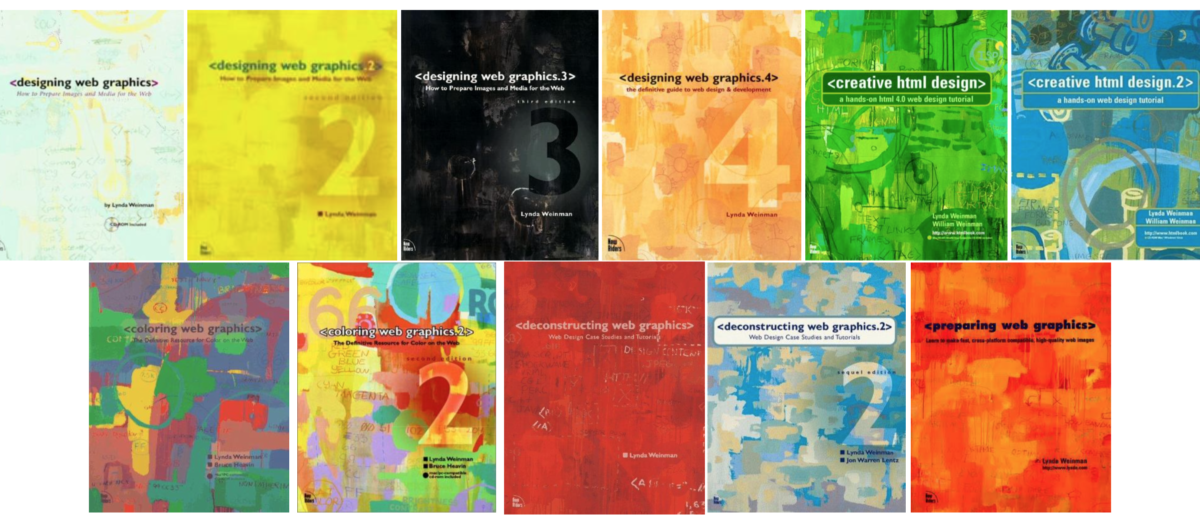
Lynda WeinmanProject type

Irina BlokProject type
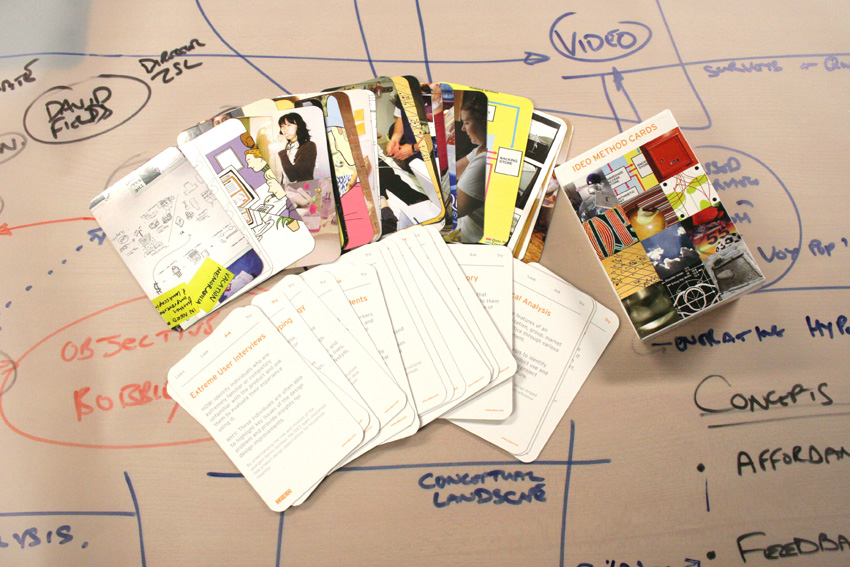
Jane Fulton SuriProject type

Carolina Cruz-NeiraProject type
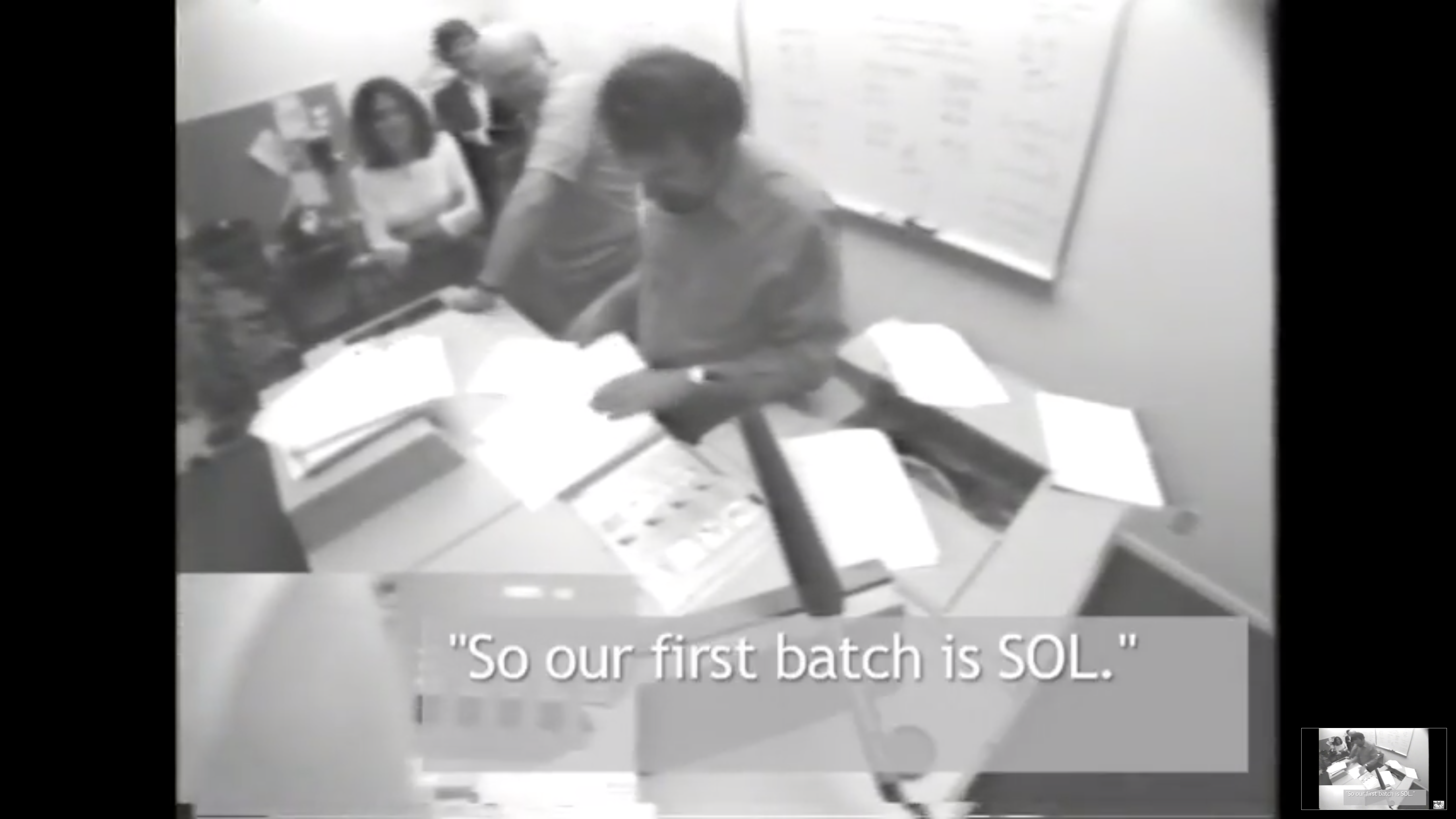
Lucy SuchmanProject type
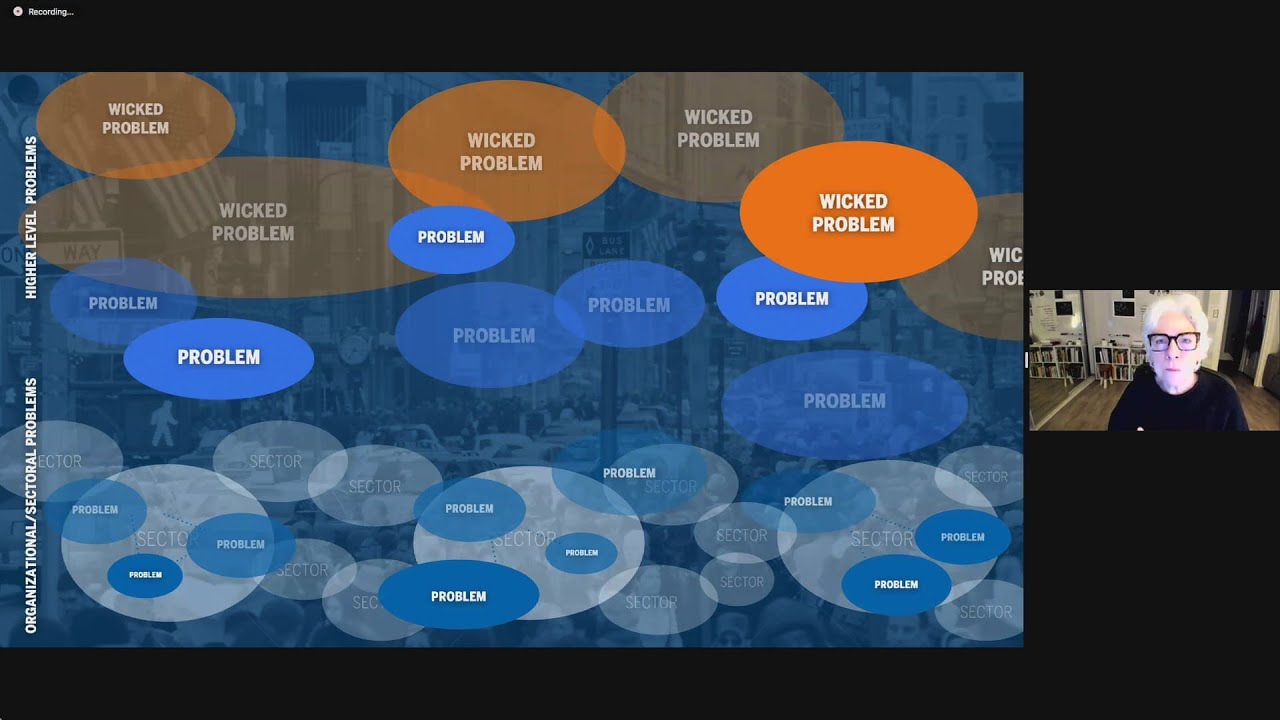
Terry IrwinProject type
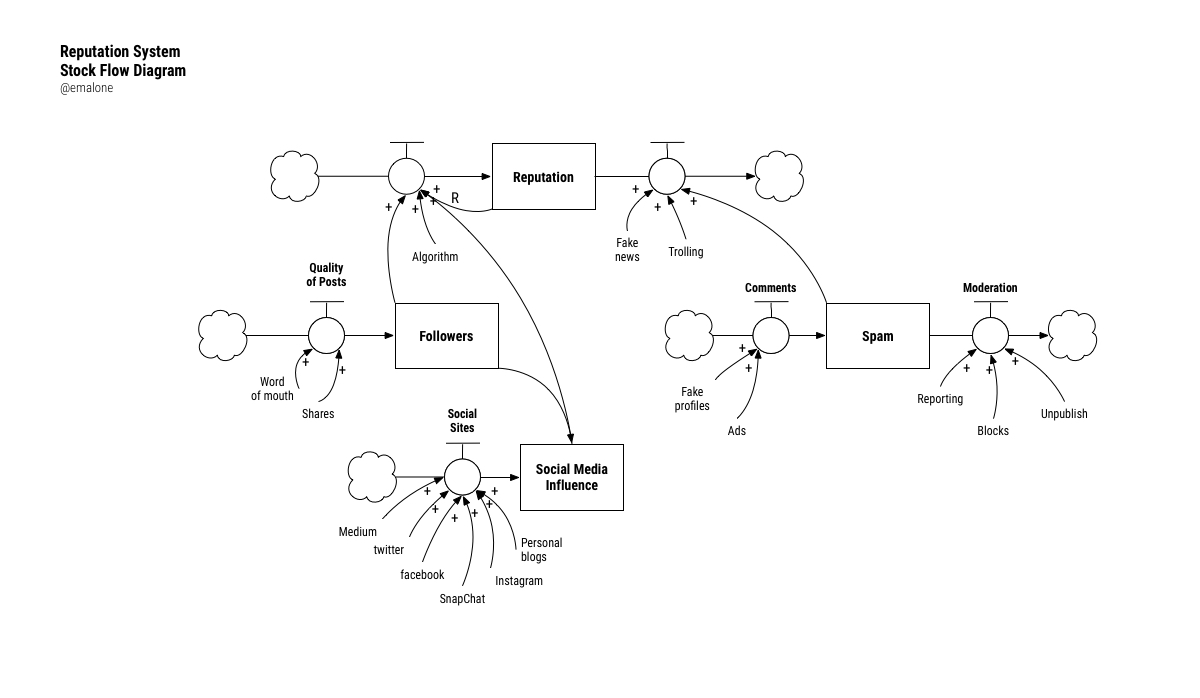
Donella MeadowsProject type

Maureen StoneProject type

Ray EamesProject type

Lillian GilbrethProject type

Mabel AddisProject type

Ángela Ruiz RoblesDesigner

